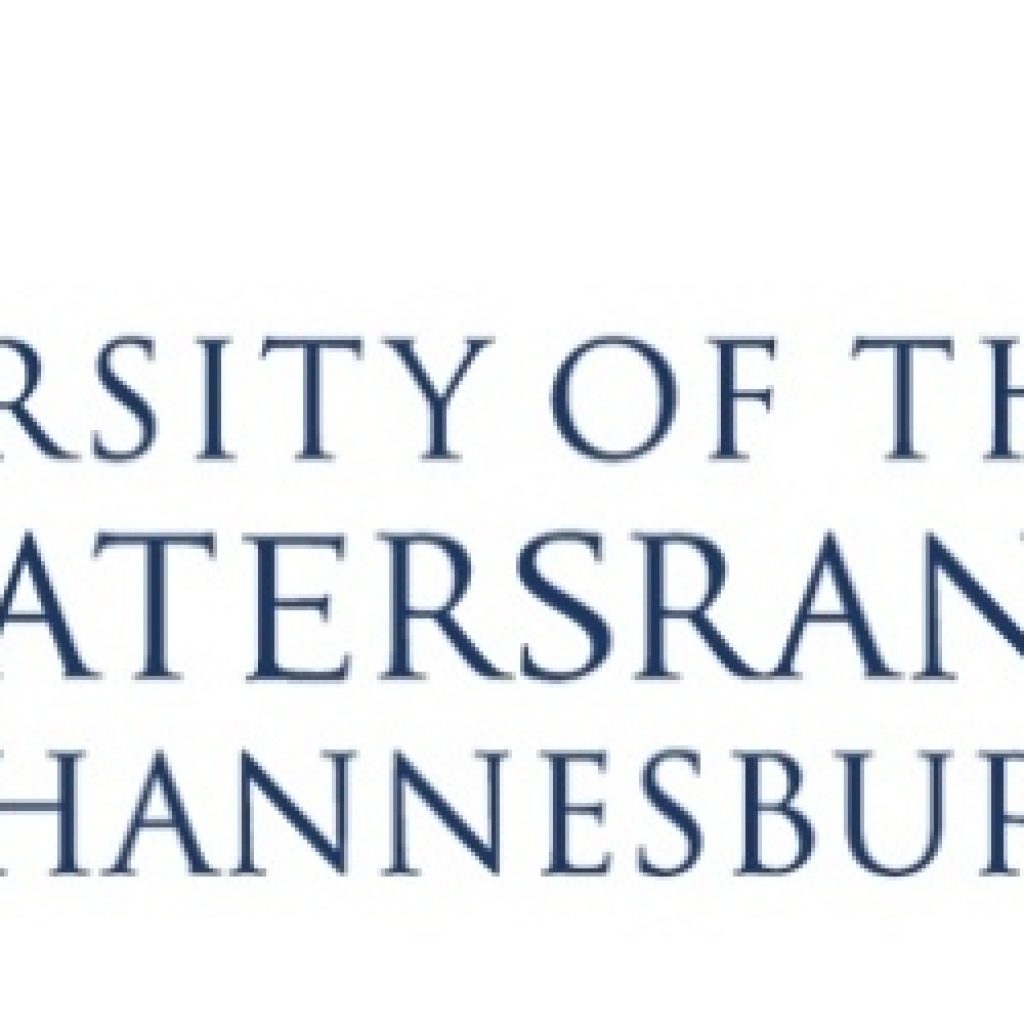(TheConversation) The University of the Witwatersrand’s Structured Light Laboratory, in South Africa are using particles of light, called photons, to better understand quantum mechanics and its implications. They are interested in using the quantum nature of light for a variety of purposes: from designing efficient communication systems which are completely unhackable by a malevolent third party, to creating methods of imaging sensitive biological samples without damaging them.
Understanding and harnessing entanglement is key to creating many cutting-edge technologies. These include quantum computers, which can solve certain problems far faster than ordinary computers, and quantum communication devices, which would allow us to communicate with one another without the slightest possibility of a eavesdropper listening in.
Studies like this often require us to start with specially created states of entangled photons. “Quantum entanglement” isn’t just a sci-fi buzzword. It’s a very real, perplexing and useful phenomenon. “Entanglement” is one aspect of the broader collection of ideas in physics known as quantum mechanics, which is a theory that describes the behaviour of nature at the atomic, and even subatomic, level.
The processes used to create entangled photons in a real laboratory are constrained by many experimental variables. These include the shape of laser beams used in experiments and the sizes of small crystals where the entangled photons are created. These can give subpar outputs – or unideal states – that require researchers to selectively throw away some measurements once an experiment is done. This is not an optimal situation: photons are discarded and so energy is wasted.
A group of researchers from the lab recently took a step towards solving this problem. In a journal article, they mathematically calculated what the optimal laser shape needs to be in order to, as best as possible, create the entangled state that an experimenter would want to start their experiment with. The method proposes changing the input laser beam shape at the beginning of an experiment to maximise the entangled photon creation process later in the experiment. This will mean more photons available to perform your experiment the way you want to, and fewer stray ones.
Improving the efficiency of the entanglement creation and manipulation process, using techniques such as the one proposed, will be important to optimise the efficiency of a number of other quantum technologies, like quantum cryptography systems. This is especially important as the fourth industrial revolution moves ahead globally and technologies with quantum mechanics at their cores undoubtedly become more commonplace
Quantum entanglement: what it is, and why physicists want to harness it
